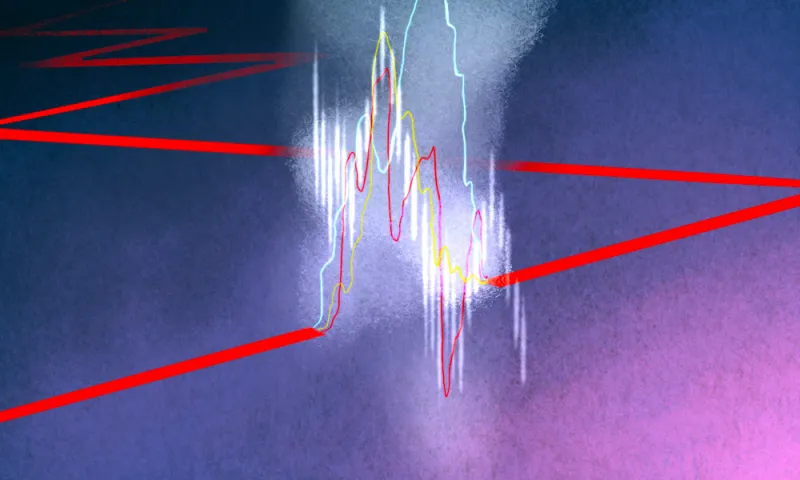Investors and market experts have come up with many explanations for value investing’s decade-plus-long underperformance, including central bank intervention and an unfavorable market cycle. But the real problem, according to researchers at the University of California and New York University, is the “rigid and ritualistic” definition investors use for value.
Bradford Cornell, a professor emeritus at UCLA’s Anderson Graduate School of Management, and Aswath Damodaran, a finance professor at NYU’s Stern School of Business, argued for a “more dynamic” view of value in a new, and not yet peer reviewed, paper published online this month.
“For much of the last century, value investors considered themselves to be the winners in the investment world, a result they attributed to their patience, maturity, and good sense,” Cornell and Damodaran wrote. “In the last two decades, value investing lost its edge, and a debate has revolved around whether this is a temporary phase, and the result of an unusual macro environment, or a reflection of a permanent change in economies and markets.”
According to the two researchers, while some failures of value investing “can be attributed to external factors, many can be traced back to practices and rules of thumb that have outlived their usefulness.”
For example, Cornell and Damodaran wrote that the “curmudgeonly” view that companies without significant tangible assets are not value investments has kept many value investors out of technology stocks, while a focus on dividends has resulted in portfolios concentrated in utilities, financial service companies, and older consumer product companies.
[II Deep Dive: Why Value Investors Shouldn’t Expect a ‘Massive’ Comeback]
In a separate paper authored solely by Cornell, the UCLA researcher goes on to call value investing a “historical accident,” arguing that the methodology popularized by Benjamin Graham and David Dodd only caught on because digital spreadsheet tools like Excel had not yet been invented.
“At that juncture even handheld calculators were not available,” he wrote. “It is no surprise that to assess ‘value’ Graham and Dodd turned to simpler metrics that could be calculated and compared quickly.”
With the publication of their books “Security Analysis” and “The Intelligent Investor,” value stocks “become synonymous with companies that had low ratios of measures such as price/earnings and price/book,” Cornell wrote. Even as advancements in technology made financial data both easier to calculate and more widely available, this definition of value persisted, thanks in part to academic researchers like Eugene Fama and Kenneth French, who found statistically significant evidence of a value premium.
“The demise of the value premium in the last 12 years has led to doubts regarding the efficacy of traditional value investing based on accounting ratios and an efforts to adjust those ratios,” Cornell wrote. “The argument here is that such an effort is misguided.”
Instead, according to Cornell, value investors need to change their methodology entirely. “It must be recognized that value investing amounts to comparing estimates of fundamental value with price and that accounting ratios, however tweaked, are not a reasonable way to estimate value — it requires a full blown [discounted cash flow] analysis,” he wrote.
In their joint paper, Cornell and Damodaran argued that value investors would likewise benefit from other “fundamental” changes, including making a clearer distinction between value and price, using risk measures other than the margin of safety, and holding more diversified stock portfolios.
“The only reason for concluding that value investing is superior to any strategy is evidence that it produces superior risk adjusted returns,” they wrote. “In light of the behavior of stock prices in the last decade that evidence is at best mixed.”







